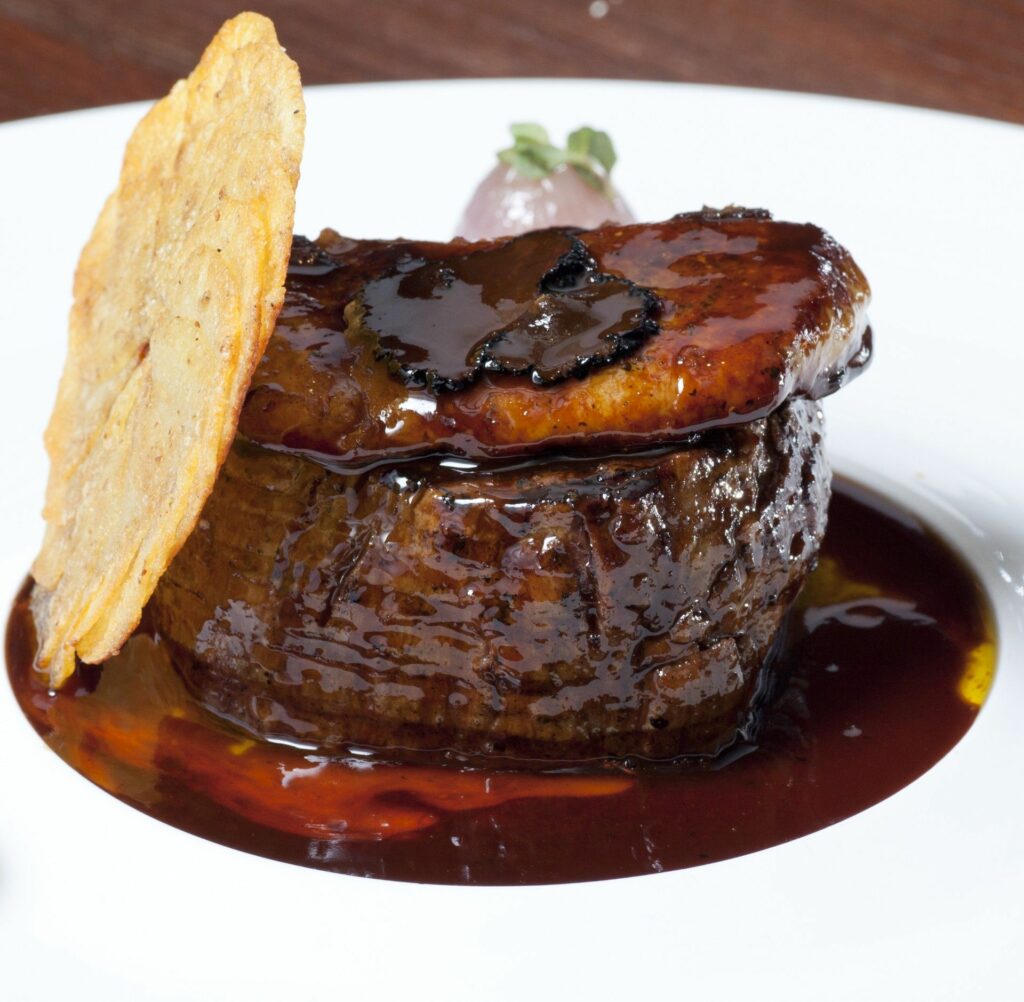Americans get made fun of a fair bit for using the word entrée. In the UK, Australia and New Zealand, the word entrée refers to a starter course or courses, coming after the appetizers but before the main course. So, is it another case of Americans just not knowing what’s up or is there another reason behind the different meanings?
The word entrée entered the French culinary lexicon by way of music. An entrée is a term used to speak of an opening act in a musical or opera. So, it follows, an entrée was a beginning course for a traditional, French multi-course meal. By 1759, entrée is widely accepted as a culinary term in France.
Did Americans just get their words wrong? Is this just another reason to be called knuckleheads?
Not really.
Michael Witbrock*, a computer scientist, effectively disproved the dumb-American theory whilst a student at Carnegie Mellon University. He looked at the historical evidence, namely a French cookbook published in 1895 and available in the United States. At that time, the “traditional French menu” was explained as consisting of five to six courses: soup, hors d’oeuvres (and/or fish), entrée (or entrées), a roast (the star of the show), a final course and then dessert.
But who really ate five course meals every night? Answer: solely the upper classes. People on the farm and of humbler stock ate eggs, dairy, vegetables and maybe chicken or stew on Sunday night. As more people moved into the cities and became part of the new middle class, so changed the ways in which people ate. But just as members of the new middle class became more continental in their tastes, the advent of WWI likely resulted in a simplification and doing away of excess for the upper classes. A great middling must have taken place. Dishes which were once considered hors d’oeuvres, including fish, became worthy of being the most substantial part of the meal as did a number of final courses which had traditionally been served after the roast and before dessert. Menus became simplified to reflect the changes of a modern world. All of this was cemented by the Great Depression and WWII.
The word entrée remained in the American lexicon but the meaning changed in accord with a change in custom. Other Western countries also simplified their dining practices but retained the word entrée to mean the dish before the main course. Interestingly enough, somewhere along the way, hors d’oeuvres became the new starter or pre-sit-down savory relegating soup to second-course status. The American usage of the word entrée to mean the main course reflects the changing history of American food culture over the past century. Misnomer or not, the word marks that change and for that reason, it’s well worth keeping.





